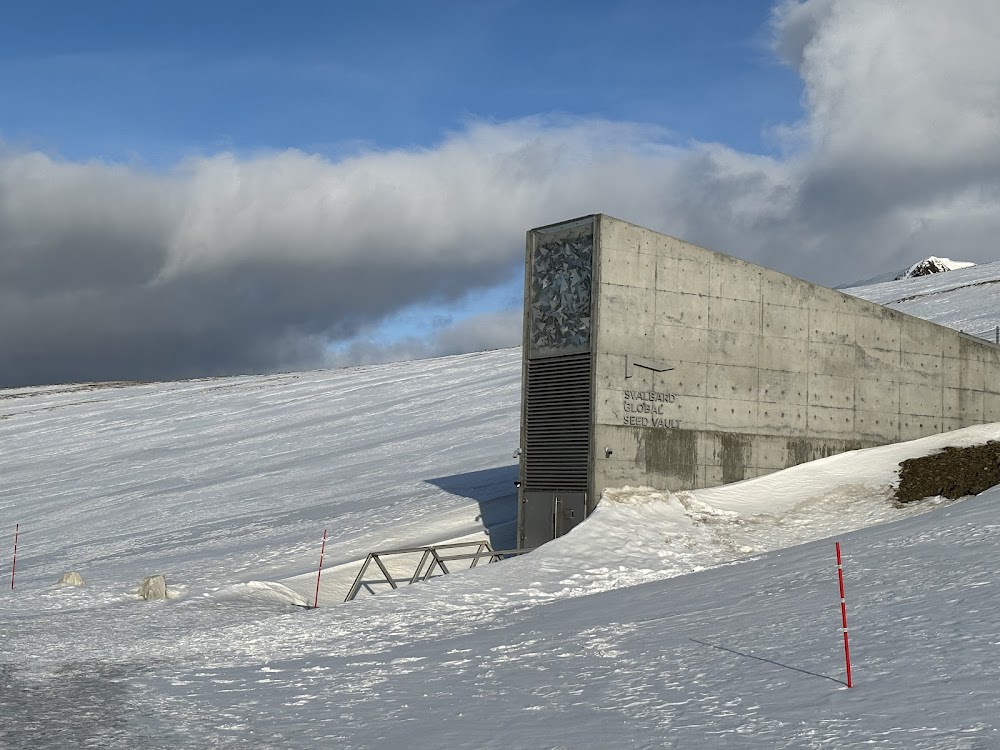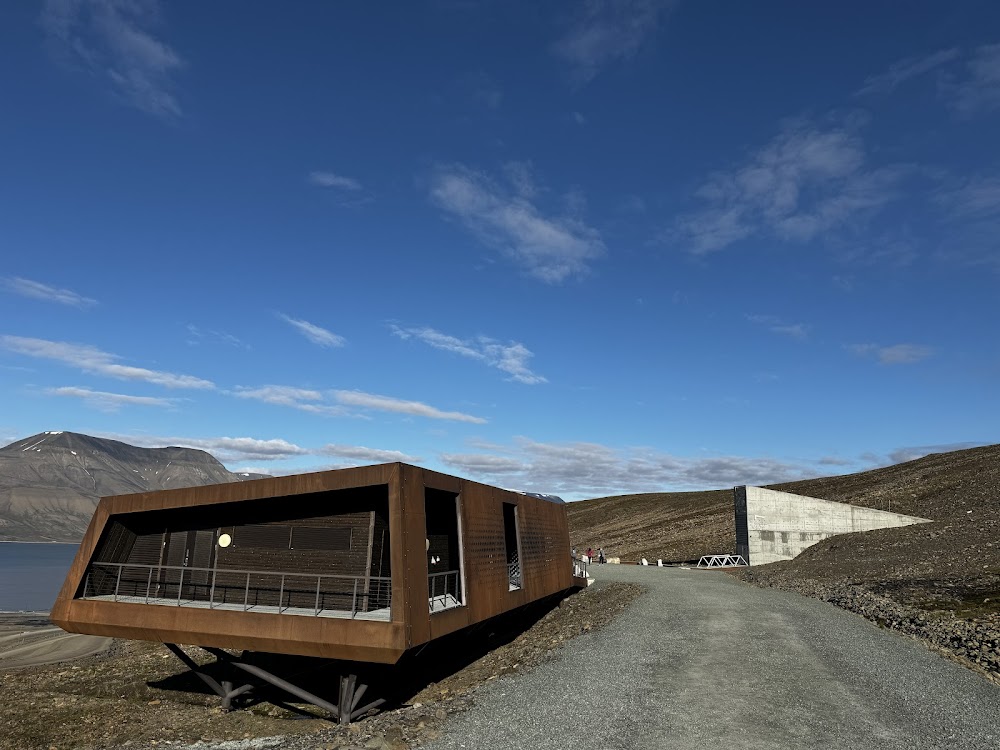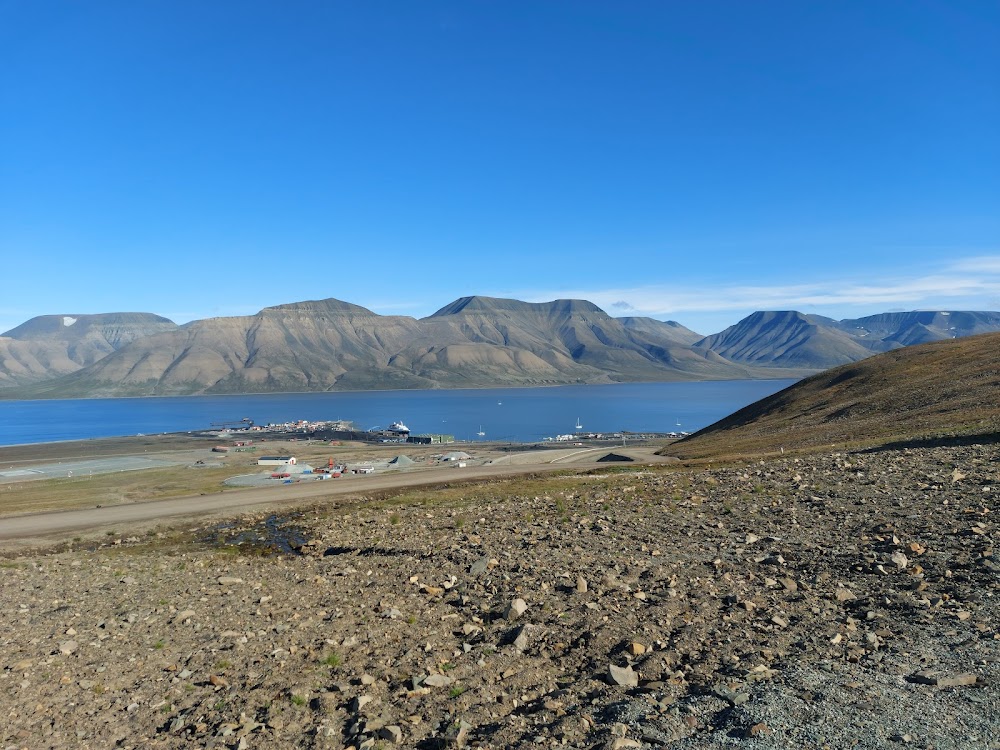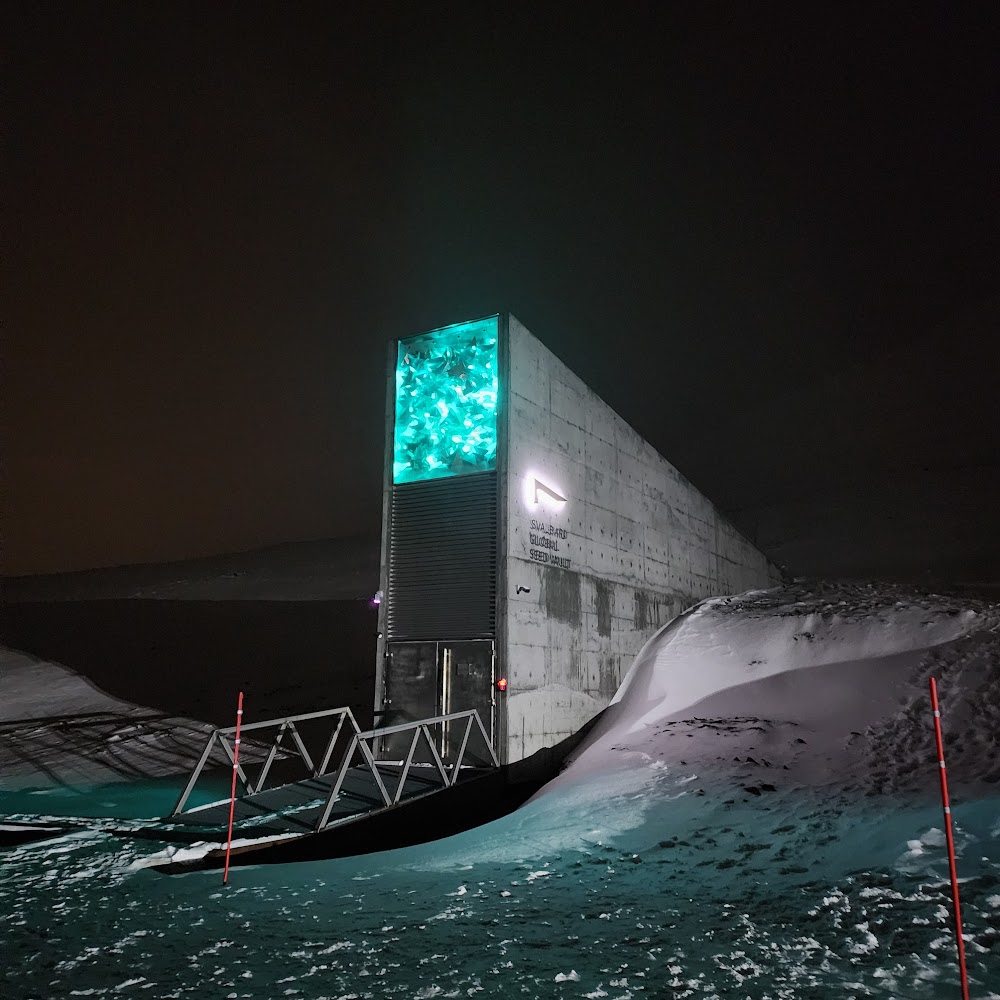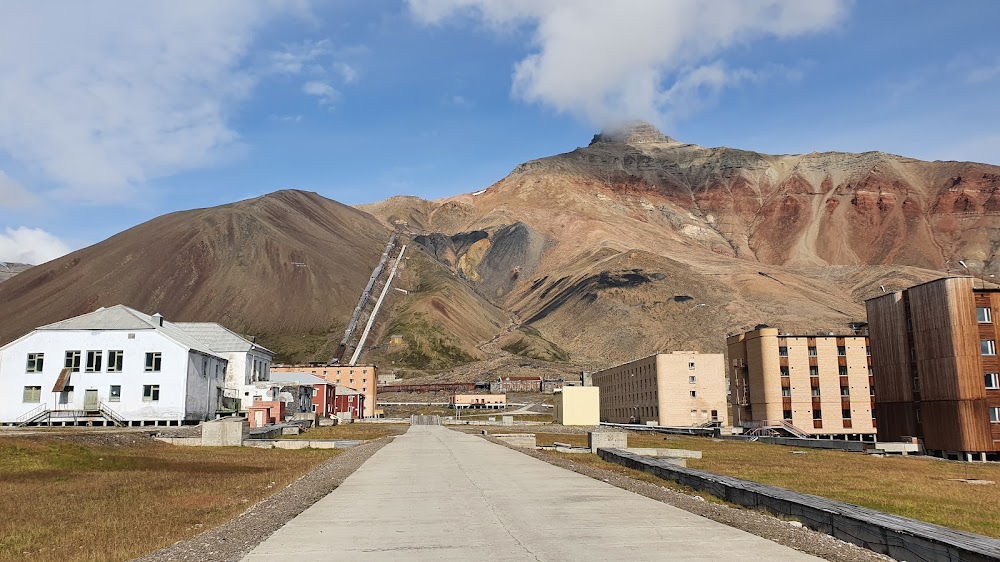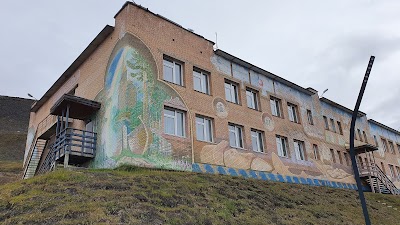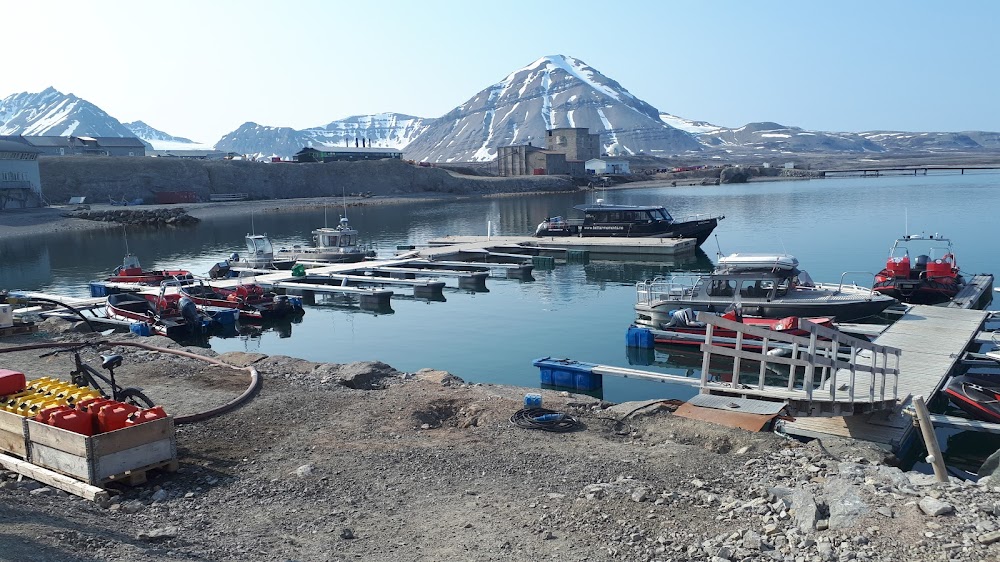Svalbard Global Seed Vault (Svalbard globale frøhvelv)
Related Places
Overview
Nestled deep within the Arctic Circle in Norway, on the remote archipelago of Svalbard, lies the Svalbard Global Seed Vault. This secure seed bank, often referred to as the "Doomsday Vault," was established to safeguard a vast array of plant seeds from around the globe, ensuring that future generations can preserve humanity's agricultural heritage.
The concept for the Seed Vault emerged from the urgent need to create a safety net for seed collections, particularly in light of challenges posed by climate change, natural disasters, and human conflicts. In response to this pressing issue, the Global Crop Diversity Trust (Crop Trust) collaborated with the Norwegian government and the Nordic Genetic Resource Center (NordGen), formalizing plans for the vault around 2004.
Construction of the Seed Vault began in 2006, and it officially became operational in 2008. Ingeniously designed to leverage the region's natural freezing temperatures, the facility is carved 120 meters into the sandstone mountain of Platåberget. This unique positioning allows it to utilize the permafrost to maintain a constant temperature of approximately -18°C. Even in the event of a power failure, the permafrost acts as a natural refrigeration system to keep the seeds frozen.
The vault features a remarkable structure that includes a 100-meter entrance tunnel leading to three spacious chambers, each capable of storing around 1.5 million seed samples. These chambers are reinforced with thick concrete, steel, and other materials, ensuring they can withstand both natural and man-made disasters.
Security is of utmost importance at the Seed Vault. The entrance is equipped with a highly secure door, and multiple layers of physical security barriers protect the invaluable seeds inside. Additionally, its remote location serves as a natural deterrent against unauthorized access.
Inside the vault, seeds are carefully stored in heat-sealed, four-ply packets to ensure they remain dry and viable. These packets are then placed in plastic totes on metal shelving racks. Remarkably, each packet can last for hundreds, if not thousands, of years, depending on the type of seed, thanks to the low temperatures and moisture levels maintained within the vault.
The first deposits included seeds of vital staples such as rice, wheat, barley, and various legumes. Today, the Seed Vault houses over a million different seed varieties, representing crops that are pivotal to global food security. Each nation has the right to make deposits, ensuring that the vault's collections remain diverse and robust.
Every year, genetic resource centers from around the world send seeds to Svalbard for safekeeping, making periodic withdrawals only when absolutely necessary—such as during specific regional or global crises. A notable example is Syria, which withdrew seeds during the Civil War to re-establish gene banks that were damaged in Aleppo.
The Seed Vault stands as a critical component of international cooperation, symbolizing a collective effort to safeguard future food supplies. It continually receives updates and support to maintain its functionality, reflecting an ongoing commitment to biodiversity and food security.
This marvel of engineering and collaboration serves as a powerful reminder of our shared responsibility to protect the genetic diversity of our food supply. Deep within the cold stones of Svalbard, the Global Seed Vault stands as humanity's insurance policy, acting as a guardian for the earth’s botanical heritage in the face of an uncertain future.


